How to get rid of bats in a house naturally – 8 humane techniques that work
Learn how to get rid of bats in a house naturally with this handy guide
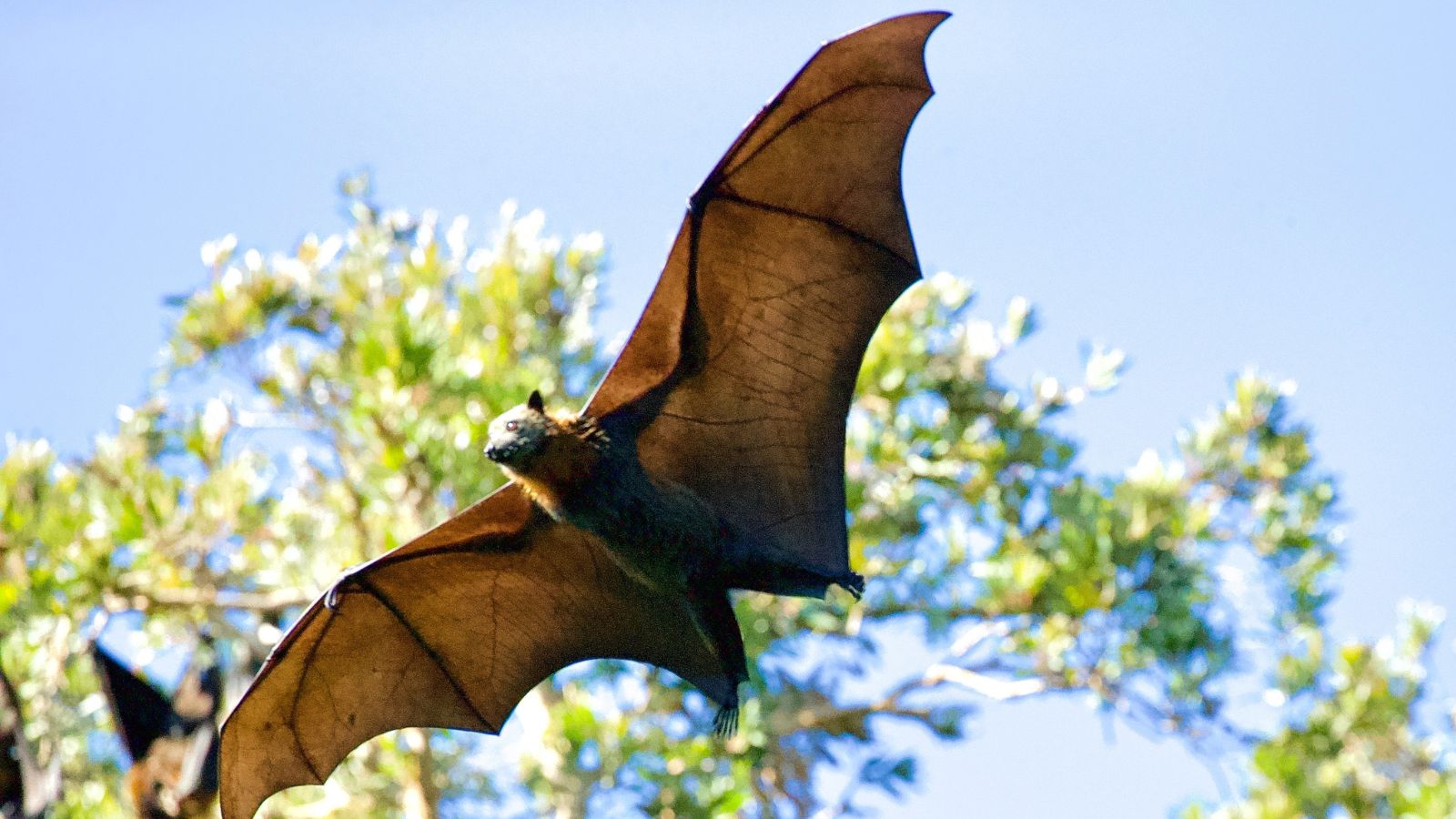

Bats are often harmless creatures, but it is unlikely you want to share your home with them. From making noise and disturbing your home insulation, to carrying potentially deadly illnesses, bats are best left to live outside in the wilderness.
'It is important to remember that bats are protected animals in many states and parts of the world, especially in the United Kingdom,' advises Rachel Crow, Garden Editor for Homes & Gardens. 'Because of this, it is strongly advised to check your local area laws regarding bat removal or disturbance before you do anything to prevent ending up in legal trouble or harming the bats.'
If it is legal to move bats on in your state, much like getting rid of raccoons, it is important to remove these mammals humanely. Luckily, there are a few ways to attempt this.
How to get rid of bats in a house naturally
If you have spotted a bat in your home, there are likely more hiding somewhere. It is best to locate where the bats are living for any treatments to be effective – common spots are in attics, walls, or other areas where insulation can make a cozy nest.
Identify that bats are the problem
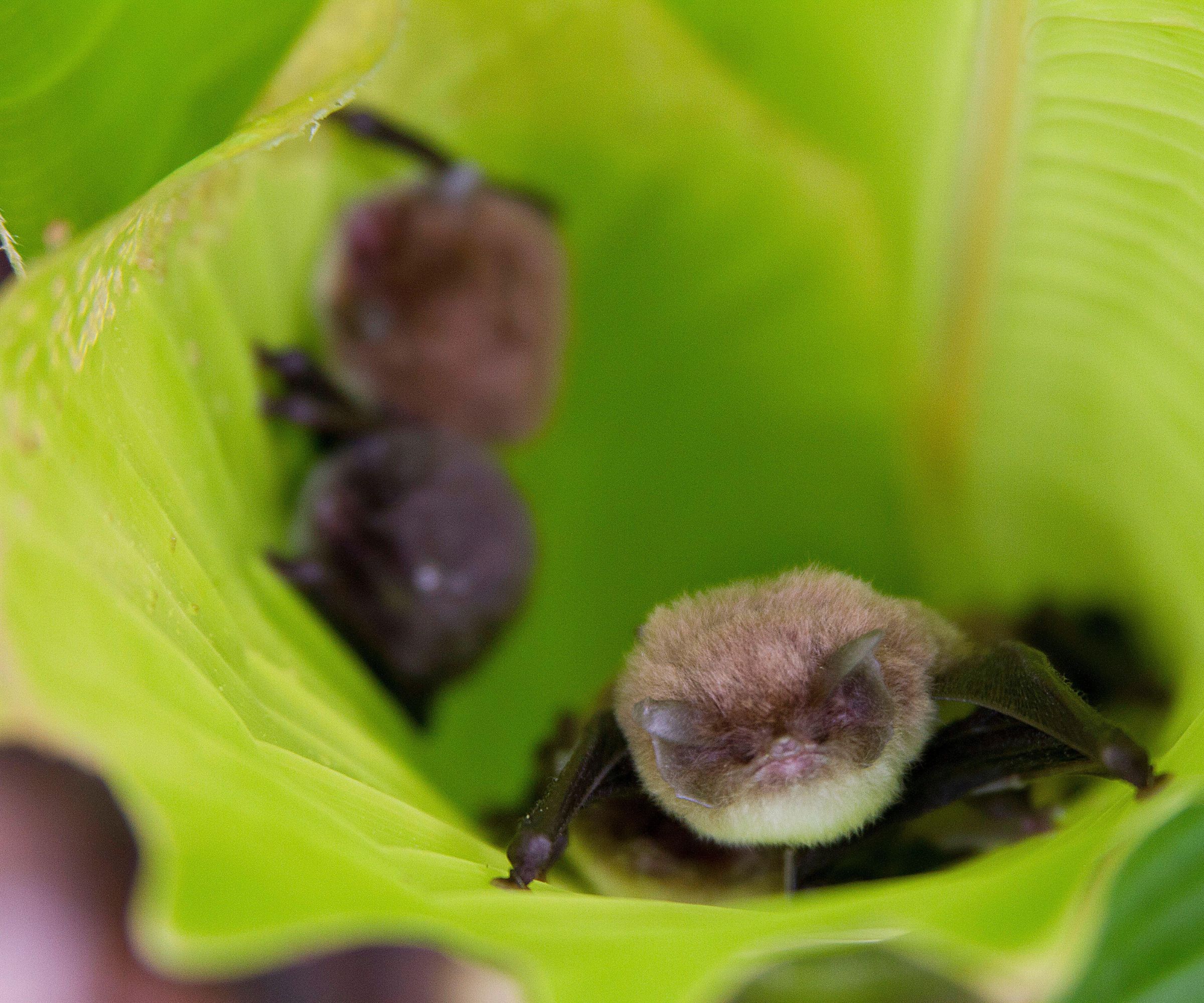
These shy animals all share a common appearance, although they can vary in size between species, with around 40 to 50 species living in the US alone.
The most common sign of bats is droppings. These are similar to mice droppings in size but will crumble into dust under pressure rather than stay firm. They are also rather loud creatures when they do choose to communicate, and their chattering or ‘screeching’ can be heard around dawn as they return from hunting. A professional may be able to help identify if bats are the problem, even if they cannot help remove them per local laws.
If you are permitted to help bats relocate, there are eight ways to go about it.
1. Close up any entry points

Bats can infamously squeeze into tight spaces so one of the first steps to getting rid of them is to block up any openings such as cracks and holes – particularly in your roof.
'Our attic spaces replicate the cavernous conditions of bats' natural habitats with the added benefit that our roofs tend to also be insulated, providing the bats with comfort as well as shelter,' explains Rachel. 'Getting rid of any possible entry points certainly helps to prevent bats from entering your home, but it can surprisingly help you to get them out.
'By blocking all the available holes and installing a bat cone, a small device that allows bats to squeeze out but not back in, you can filter the bats out of your home humanely. Whilst it might take some time, it does not purposefully disturb the bats, making it legal in many states and countries around the world.'
It is best to use this method for small groups of bats as opposed to large colonies, however.
2. Use natural repellents
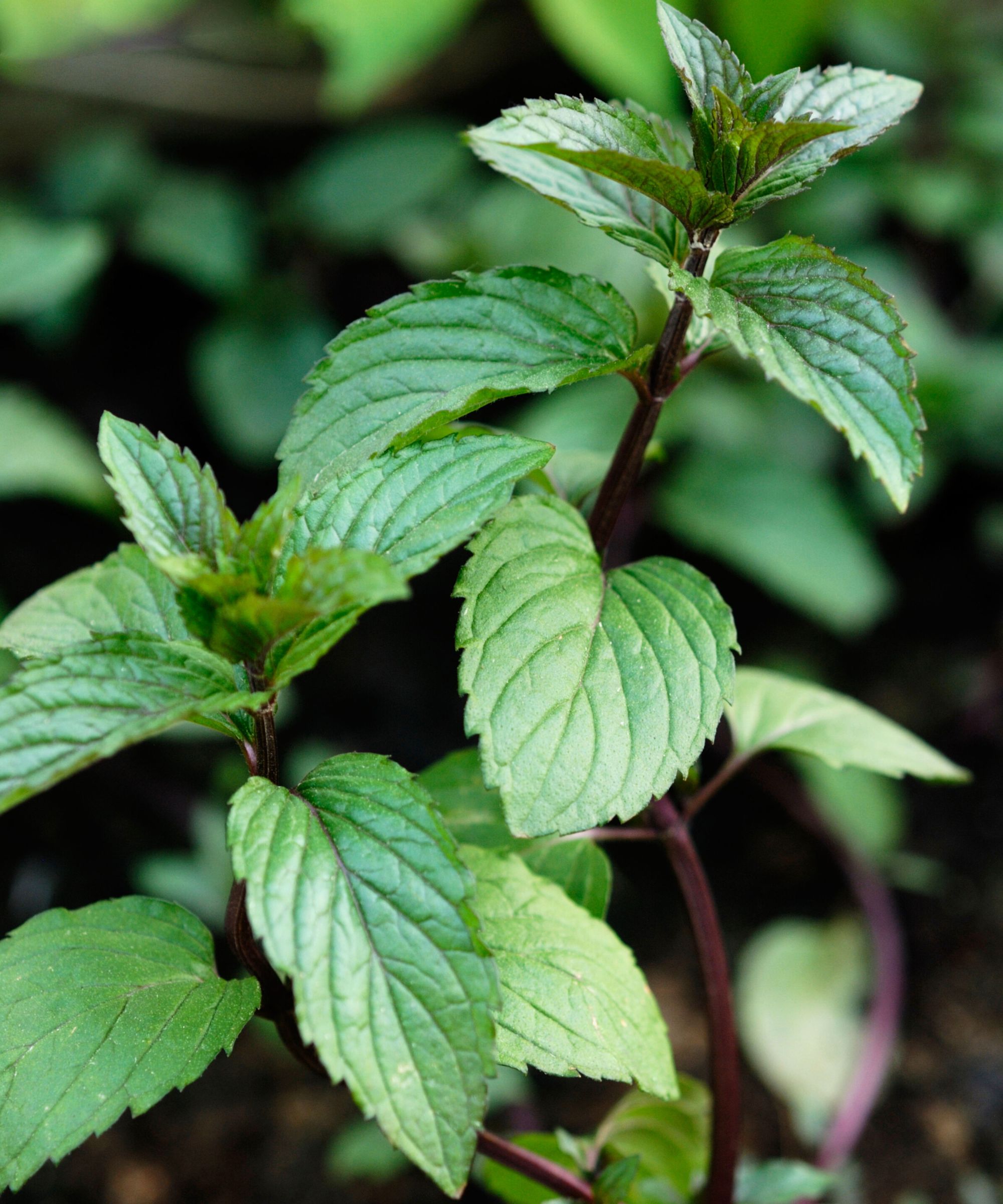
Bats have an incredible sense of smell so it is easy to use natural deterrents to move them on from your property. Scents such as peppermint (which is also good for getting rid of mice), phenol (an aromatic chemical often found in cleaning products), cinnamon, or eucalyptus, can all be used in good quantities in bat nesting areas to drive them out or deter them from entering.
You can apply phenol to the area in crystal form, but take care to use the correct safety equipment to prevent skin irritation. Phenol sprays are available but may not last as long and will require frequent respraying.
To use peppermint or eucalyptus, combine the essential oil with two cups of warm water and half a cup of sugar. Spray this generously to the area the bats are nesting frequently to deter them from staying.
Using scents is a great way to move bats on if they are new to your home, but more firmly established colonies may take a little more convincing through a combination of deterrents.
3. Add a bat house to your yard
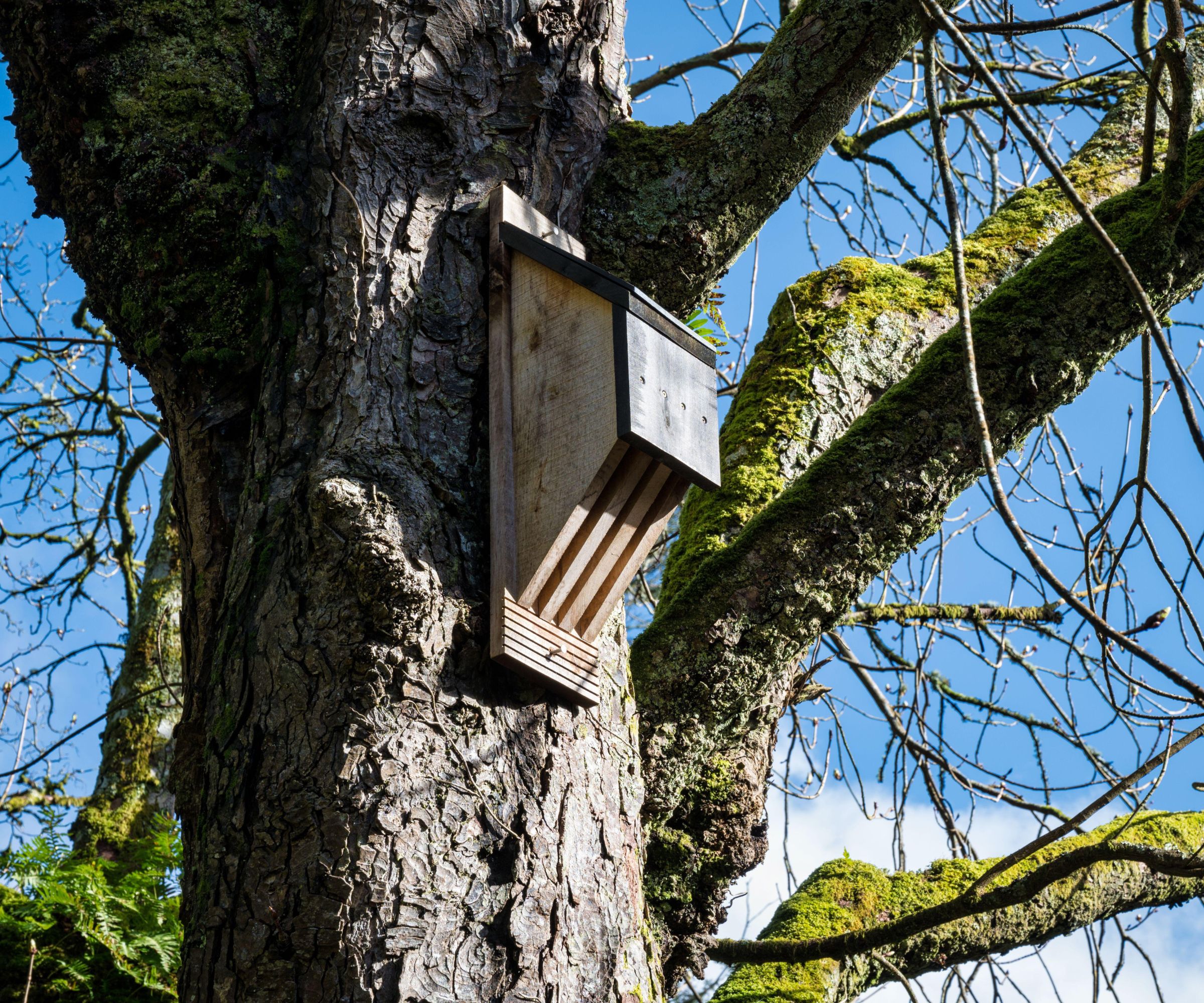
Adding bat houses to your yard is a great addition to other bat deterrents as it provides the bats a safe space to shelter. By providing alternate shelter, bats who leave your home are less likely to try to get back in and can establish themselves more safely in your garden. What’s more, bats are brilliant pest control, so they are often an asset to have in your garden to protect your flowers and vegetable garden ideas.
Bat colonies often make homes for a long time and, once established, will continue to return to the same spot as long as it is viable. This is why bats often intrude into people's homes as their natural habitats are destroyed and our buildings remain intact. It is important when undertaking any form of pest control to make sure the animals can continue surviving once they have left your property.
4. Remove bats food source

Much like getting rid of moles, removing bats' food courses from your garden will encourage bats to move on – in fact, if you have persistent bats in your home it may be a sign of a pest infestation.
It is important to establish which variety of bat is nesting in your house. Some bats eat insects, some fruit, and others a mixture of both.
Most North American varieties of bats are insect eaters, with the common bat eating up to 600 mosquitos or more per hour. Common insects that attract bats are beetles, moths, and mosquitos, and dealing with infestations of these pests often deals with the bat problem too. Ideally, use natural solutions, such as mosquito repellent plants, but if using an insecticide, make sure you use one that does not harm small mammals such as bats or other garden-dwelling critters.
'If you have fruit trees in your garden, consider shielding your fruit with nets to prevent access,' suggests Rachel.
5. Install bright garden lights

Your outdoor lighting ideas can be much more than strictly decoration; instead, yard and porch lights can offer pest control too. Bats are nocturnal animals, meaning they are sensitive to bright light. Installing bright garden and porch lights will deter bats from entering your yard in the first place, and installing movement-sensitive lights in recesses such as your attic may drive the bats out and give you enough time to refill the entry points.
6. Install a sound machine
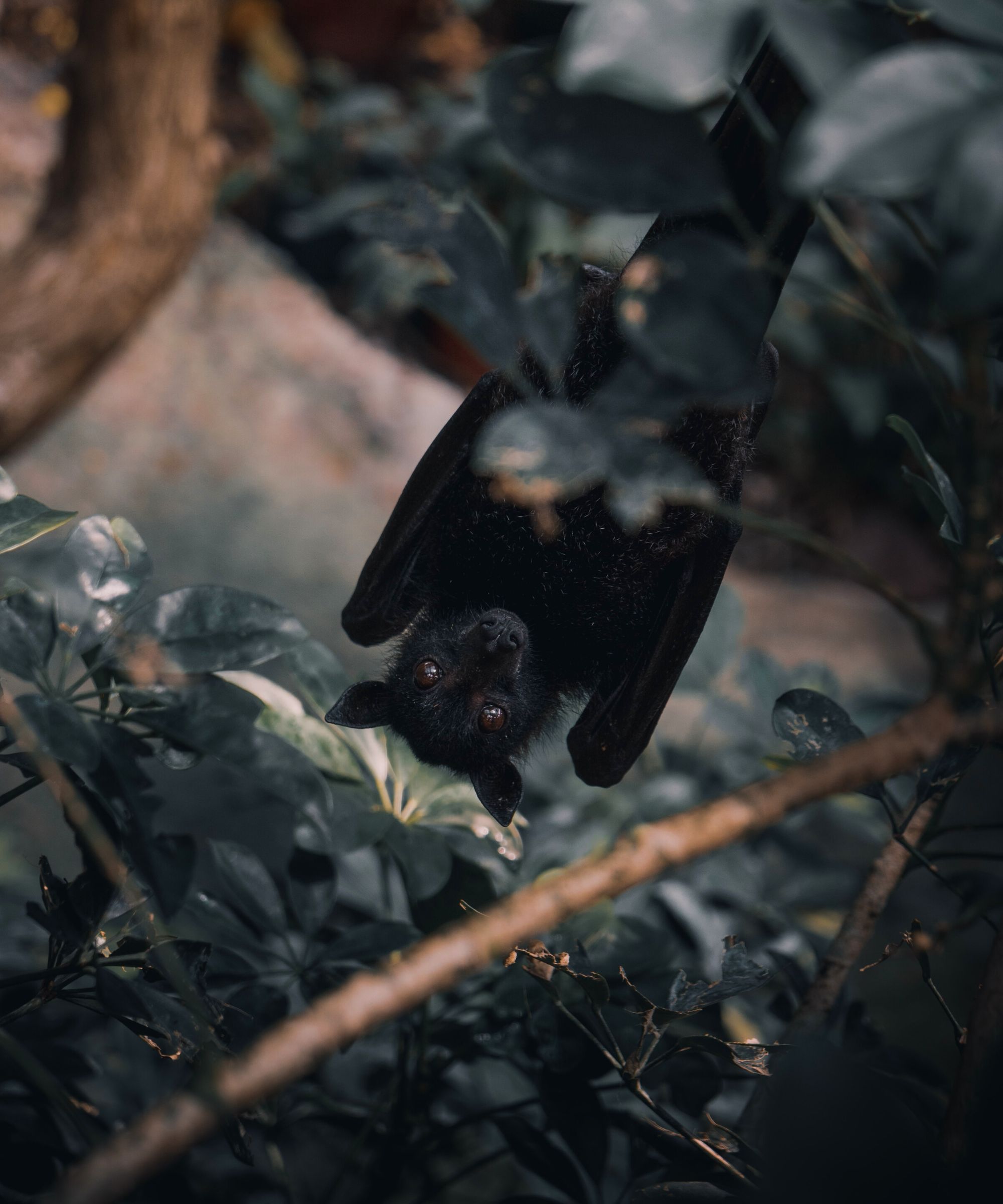
Using a sound machine that gives off an ultrasonic sound can scare bats away, and should only be used if nothing else has worked. Much like getting rid of squirrels, sound deters bats who prefer peace as they rest.
The use of ultrasonic sound disrupts the bat's senses. These small mammals hear frequencies above the human hearing level and use these abilities to echolocate, compensating for their poor eyesight.
This method can cause some discomfort for the bats, so should be used as a last resort and should be switched off once the bats have left and you have blocked up any entry points.
7. Clean the area the bats have been in

Like many animals, bats scent the areas they live to mark their territory and locate their home. Once you have cleared a bat infestation it is best to thoroughly clean the area to remove droppings and possibly, where needed, replace any insulation that protects your house.
By using chemical cleaners that contain phenol and other strong-smelling ingredients, bats are less likely to resettle in the area.
8. Call a professional
The best way to remove bats is to call a professional. If a bat colony is long-standing, sometimes home remedies are not enough to encourage them to move home. This can be expensive, however.
Not all states or countries allow for bat removal, so not all pest control centers will offer bat removal services, but they might be able to advise you on how to encourage them to move on naturally.
Do mothballs to get rid of bats?
Despite mothballs being effective deterrents for clothes moths, the chemical they release is pungent and often causes severe physical effects in small mammals, so do not use them to get rid of bats.
When trying to move bats on humanely, it is important to avoid injuring or otherwise sickening them. Mothballs work by releasing naphthalene vapor, emitting particles that cause vomiting, dizziness and nausea in bats, and can even prove lethal in high amounts.
What’s more, once mothballs have disintegrated, bats are likely to return, so they are no more effective than other, kinder methods of getting rid of bats in a house.
Do bats go away on their own?
Small bat colonies may move on their own, but bigger colonies are likely to stick around until you get rid of them yourself by making the area undesirable.
Our homes provide bats with warmth, shelter, and often food, especially in urban areas where their natural habitats are often destroyed. Because of this, bats are highly unlikely to go away on their own.
What attracts bats to your house?
As with any other pest, bats are attracted to your house due to its warmth and security. They are often willing to cohabit with humans for the advantage of being protected from the elements and the assurance of a structure that is unlikely to be destroyed.
With the increase of urbanization, bats become more accustomed to living alongside people, so our presence is not often not enough to startle them and deter them from making their homes alongside us.
Sign up to the Homes & Gardens newsletter
Design expertise in your inbox – from inspiring decorating ideas and beautiful celebrity homes to practical gardening advice and shopping round-ups.

Chiana has been at Homes & Gardens for two years and is our resident 'queen' of non-toxic living. She spends most of her time producing content for the Solved section of the website, helping readers get the most out of their homes through clever decluttering, cleaning, and tidying tips. She was named one of Fixr's top home improvement journalists in 2024.
-
 These are the 6 must-have colors to decorate with in April 2025
These are the 6 must-have colors to decorate with in April 2025What do retro-inspired yellows and beautiful blues all have in common? They're on our hot list for the season ahead
By Sophia Pouget de St Victor Published
-
 Plants never to grow next to fruit trees
Plants never to grow next to fruit treesExpert advice on which plants to keep away from fruit trees to encourage a healthy harvest
By Jacky Parker Published